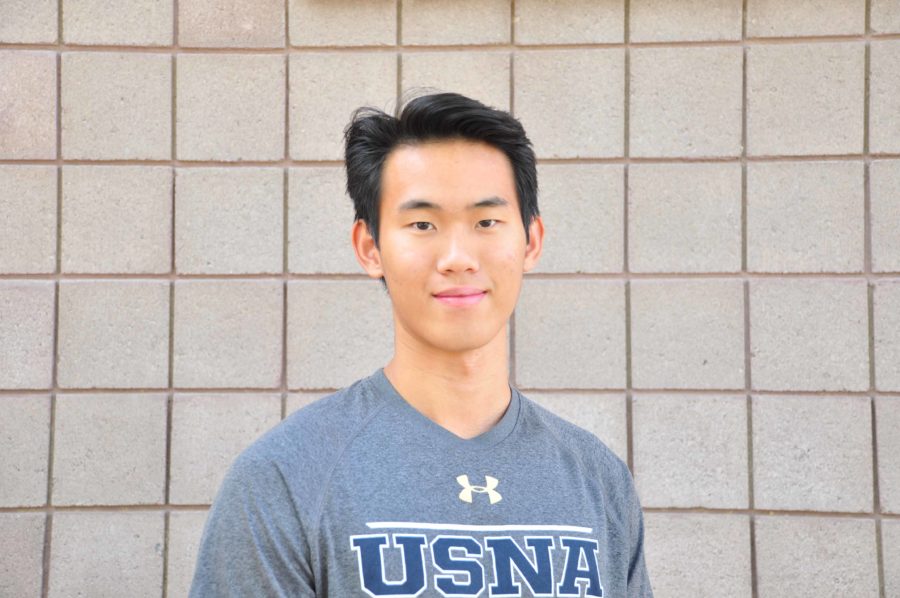STEM Program limits students passions
As I completed my registration for freshman year, it did not occur to me that the short page-and-a-half application for a relatively new program would heavily shape the course of the next four academic years.
Now five years after its conception, the STEM Program is presented as a means for students interested in science, medical, math, or engineering majors to prepare for college readiness. The program is divided into STEM Diploma and STEM Scholar Diploma, differentiated by the extra course level requirements of the Scholar. From the perspective of a kid who enjoyed math and was entertaining the idea of an engineering major, the Scholar program offered a challenging opportunity to expose and focus the field of study I would pursue in college.
And focus it did.
Although the slew of AP courses, and required tests, alongside having multiple math and science classes on a year’s schedule was initially a scheduling and study shock, the level of immersion I experienced was enhanced by the rigor of this work.
Advanced courses paralleling college-level content and a counselor well-versed in the STEM process willing to help throughout high school and prepare for post-graduation – both of these clear benefits to a program that sought to assimilate students attracted to a scientific or technological career. Knowing that I would be testing to validate AP classes added an extra incentive to master the content. A week-long STEM camp at the U.S. Naval Academy introduced me to both one of my dream schools and the applications of electrochemistry in materials science, an opening that led me to pursue a research project in the topic underneath graduate students through the ASU SCENE program. Without the workshop camp requirement, I would not have even searched for such an experience.
To the goal of preparing me for a technology driven major in college, the STEM program exceeded in both academics and cultivating curiosity.
However, being at the end of senior year, there is a feeling of buyer’s remorse; the currency being time. Through the narrow focus of STEM, the scope of courses a student can feasibly take is limited, especially in regards to the arts, CTE, and athletic lockers.
Despite the fact that those in the program are inclined to take a majority of math and science courses, many students’ interest range beyond STEM topics.
This is in part due to the stacking nature of regular and STEM graduation requirements quickly filling up schedules. To put it in perspective: after my mandatory classes, I had 22.5 credits. With six-class days over four years, one would be left with one-and-a-half free courses. You are on a varsity sport and want to take the weight-lifting locker with your team? Not a guarantee. Perhaps you had played the violin, and wished to continue your orchestral experiences? Only if your classes could align with the periods for it.
Adding a zero-hour and online classes allowed some scheduling leeway for myself. However, for many who rely on the bus, cannot make the early commute or lack the resources for an online course, it is simply unfeasible.
These limitations grew as the years progressed. With higher STEM-majority classes, including AP Chemistry and Physics C; Linear Algebra; and Calculus III, the range of one to two available periods conflicted with other specific courses, such as Newspaper, Yearbook, and Orchestra.
Looking back with the clarity of retrospective vision, I see that the STEM Scholar Program provided a level of focus and challenge that I had been seeking four long years ago. The program succeeds in preparing students for what it advertises: a STEM-based major in college. It even adds perspective into the realities of the workloads and content of these fields of study.
However, everywhere STEM shines, a shadow is left over the less publicized and promoted humanities courses.
The STEM Diploma set a precedent in a time demanding a rise in science and engineering-based careers. But, the program risks discouraging and excluding the many students who simply have interests outside of such majors. Students who excel at crafting pieces of writing or have a talent for the arts should have these passions rekindled rather than extinguished. The journalists, musicians, businessmen and women of tomorrow should not have their pursuits sidelined today, for our society would cease to function without them.
Perry should use the same founding ideas put into the program that it is acclaimed for to create an option of challenge and college preparation for those students. A foil program to cultivate the knowledge, abilities and passions required to develop students into scholars of their own field, in the manner that STEM diplomas aim to do today.
There has been a rush by schools to label themselves as STEM, to put forth an image that satiates a growing job market. But, perhaps we should stray away from tight labels and strive to become a center for scholastic challenge, regardless of field of study.

Dominic • Apr 28, 2017 at 11:40 AM
You speak from experience and that carries weight.
AP tests and math get you to STEM but it will be the humanities and electives that will teach you what you want when you get there.
Grand Canyon Institute recently released an opinion on testing that mostly implies it is to boost ranking in a certain popular U.S. magazine, not necessarily correlated with success- school, career, or life.
Instead, it has been well known that life and organizational skills have marked future “success”
Like a recent president learning how to properly shake a hand…
A school program to focus students is just what the doctor ordered, but the skills that really count are being missed… and shouldn’t be expected to only come from teachers highlighted for their lefr brained content.